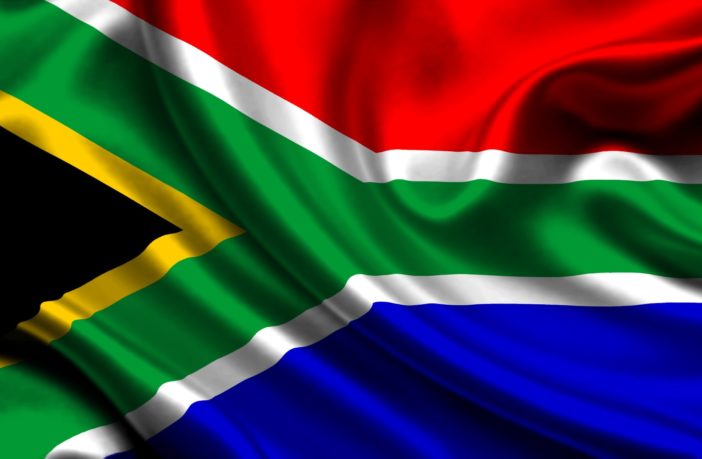- South Africa’s National Energy Regulator of South Africa (NERSA) announced today that it had registered 105 generation facilities during the fourth quarter (January to March 2024) of the 2023/24 financial year (FY).
- The total capacity of the 105 generation facilities is 788MW, with a total investment value of R18.4 billion.
Table 1 below provides the details of the new generation facilities, total capacity, and investment cost per province.

Source: NERSA
The number of generation facilities registered for commercial purposes is 6 of the 105, with a capacity of 462MW and an investment cost of R12 477 million. It is important to note that NERSA processed all the above applications within an average of nine working days. The technological composition of the 105 registered generation facilities consists of solar photovoltaic (PV), solar PV with Battery Energy Storage System (BESS), wind turbine, cogeneration and gas. During the fourth quarter, solar PV generation technology was the most favoured technology, with 99 generation facilities being registered, with a total capacity of 499 MW and an investment cost of R9 977 million.
BESS technology has not reached maturity within the South African Electricity Supply Industry, with only one generation facility – with a total capacity of 1MW and investment value of R9 million – being registered during the fourth quarter. This can be attributed to financial implications and the prevailing culture in which BESS technology is considered new within the market. The technological composition of the 105 registered generation facilities during the fourth quarter is provided in Table 2 below.

Source: NERSA
NERSA reiterated its concern about the high number of registered facilities that are not coupled with storage, as they further deepen the ‘California Duck Curve’. The Regulator Member responsible for electricity regulation at NERSA, Mr Nhlanhla Gumede, maintained the critical need for registration applications for generation facilities of variable energy sources to be coupled with battery storage.
The top three provinces with the highest number of new registered generation facilities are Gauteng, Western Cape and Free State. However, in terms of installed capacity and investment value, the top three provinces are Western Cape, Northern Cape and North West. The Western Cape has generated the highest investment cost for the fourth quarter, at R7.2 billion, with an installed capacity of 213MW.
Regarding the connection to the national grid, 77 generation facilities are connected to the Eskom network and generate a total of 664MW, with a total investment cost of R16 599 million. A total of 28 generation facilities are connected to the municipal distribution network and generate a total of 124MW, with an investment cost of R1 860 million. The average investment cost for the fourth quarter of the 2023/24 FY is R23 374/kW.
Since the inception of the registration regime in 2018, NERSA has registered a total of 1 415 generation facilities with a total capacity of 7 158MW. Table 3 below provides the number of registered facilities per year.

Source: NERSA
A detailed list of the 105 new registered generation facilities is available on the NERSA website at www.nersa.org.za under Electricity>Registration>Registered entities.
Author: Bryan Groenendaal















